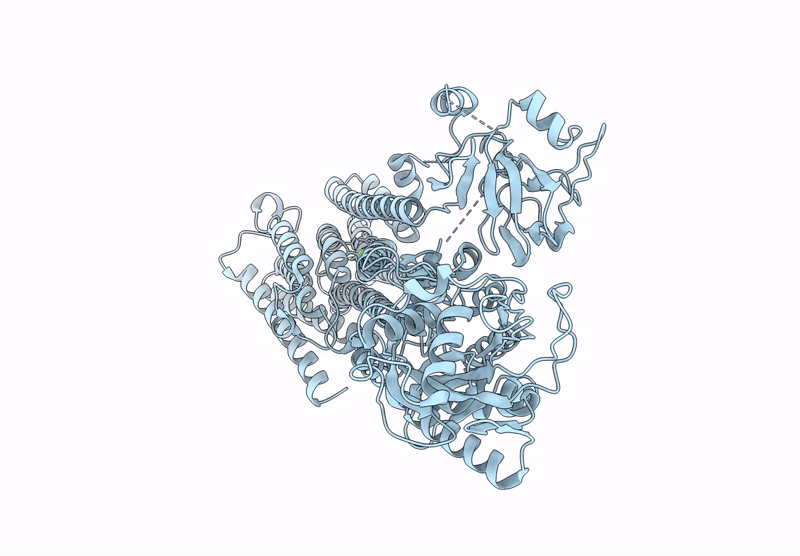
Deposition Date
2024-03-28
Release Date
2025-02-05
Last Version Date
2025-07-02
Entry Detail
Biological Source:
Source Organism:
Listeria monocytogenes (Taxon ID: 1639)
Host Organism:
Method Details:
Experimental Method:
Resolution:
3.73 Å
Aggregation State:
PARTICLE
Reconstruction Method:
SINGLE PARTICLE


